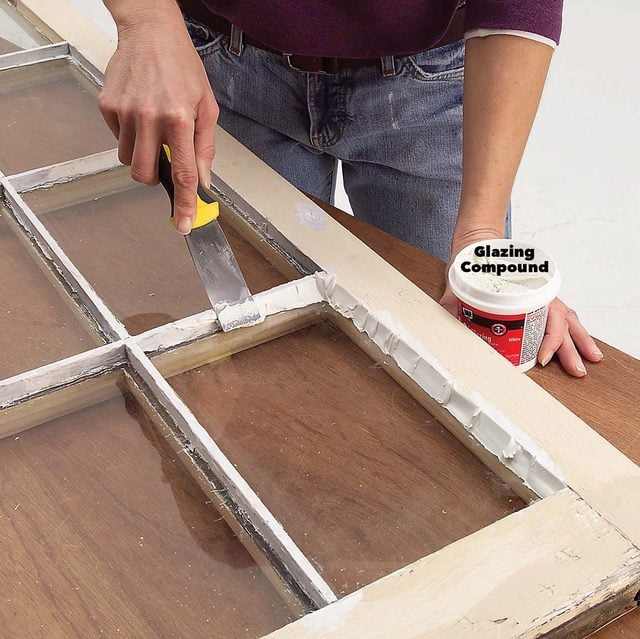The 10 Most Terrifying Things About Storefront Glazing
Storefront Glazing: Enhancing Aesthetics and Functionality
Storefront glazing is a crucial element of commercial architecture, playing an essential role in how businesses present themselves to the public. It integrates both form and function, offering visual appeal while likewise guaranteeing energy performance and exposure. This post explores the various types of storefront glazing, their benefits, factors to consider, and best practices for installation.
Understanding Storefront Glazing
Storefront glazing refers to the glass elements of a structure’s exterior, especially in commercial settings. It encompasses windows, glass doors, and sometimes glass walls that make up the entrance or display locations of retail and other public-facing businesses. The option of glazing materials can significantly influence not just the appearance of a storefront but also its total performance.
Kinds Of Storefront Glazing
-
Single Glazing:
- Consists of one layer of glass.
- Typically less energy-efficient.
- Frequently utilized in older buildings.
-
Double Glazing:
- Features 2 layers of glass with an insulating space in between.
- Offers much better thermal insulation and soundproofing.
- Commonly utilized in contemporary shops.
-
Triple Glazing:
- Incorporates 3 layers of glass.
- Offers maximum insulation and energy efficiency.
- Best fit for exceptionally cold environments.
-
Low-E Glass:
- Coated with a special film that reflects UV rays and reduces heat loss.
- Assists preserve comfy indoor temperatures.
- Suitable for energy-conscious services.
-
Tempered Glass:
- Heat-treated to be more powerful than basic glass.
- Shatters into little, much safer pieces when broken.
- Often utilized in high-traffic areas for added safety.
-
Laminated Glass:
- Composed of two or more layers of glass bonded by an interlayer.
- Offers sound insulation and enhanced security.
- Can be helpful in locations susceptible to vandalism.
Benefits of Storefront Glazing
Storefront glazing deals various advantages to organizations and structure owners, including:
-
Aesthetic Appeal: A properly designed storefront boosts the visual appeal of a service, drawing in clients and enhancing brand name image.
-
Natural Light: High-quality glazing can make the most of natural light, creating a pleasant atmosphere inside the store.
-
Energy Efficiency: Advanced glazing materials can considerably reduce energy usage, causing cost savings on heating and cooling.
-
Safety and Security: Using strong and laminated glass can assist protect against burglaries and mishaps.
-
Marketing Opportunities: Glazed storefronts supply excellent exposure for products and promotions, boosting marketing efforts.
| Benefit | Description |
|---|---|
| Aesthetic Appeal | Enhances visual attractiveness of an organization. |
| Natural Light | Takes full advantage of daytime within interiors. |
| Energy Efficiency | Decreases energy expenses through enhanced insulation. |
| Security and Security | Secures against invasions and mishaps. |
| Marketing Opportunities | Increases product exposure and draws consumers in. |
Considerations for Choosing Storefront Glazing
When choosing the appropriate glazing for a storefront, numerous aspects must be thought about:
-
Location: The geographical area and climate dictate the type of glazing needed for optimum performance.
-
Structure Design: The architectural design and products utilized in the structure might influence the choice of glazing.
-
Regulative Standards: Local structure codes might have specific requirements relating to safety and energy effectiveness.
-
Spending plan: High-performance glazing options can be more pricey, but often result in long-lasting savings.
-
Functionality: Consider the main purpose of the storefront: Is it mainly for display screen or does it also need to supply privacy and security?
Best Practices for Installation
Correct installation is vital to making the most of the performance and durability of storefront glazing. Here are some best practices:
-
Hire Experienced Professionals: Always work with qualified glazing contractors who understand the subtleties of commercial installations.
-
Ensure Proper Sealing: Well-sealed joints prevent air and water leakages, boosting energy efficiency.
-
Use Quality Materials: Opt for top quality glass and framing materials that stand up to ecological aspects.
-
Regular Maintenance: Implement a maintenance schedule to tidy and check the glazing, ensuring its durability and efficiency.
Frequently Asked Questions (FAQs)
Q1: What is the distinction in between double and triple glazing?
A1: Double glazing includes 2 layers of glass, while triple glazing includes 3 layers. Triple glazing offers better thermal insulation, making it more energy-efficient.
Q2: How does low-E glass work?
A2: Low-E glass has an unique coating that reflects heat and obstructs UV rays, assisting to control indoor temperature levels and secure furniture from sun damage.
Q3: Is tempered glass essential for all shops?
A3: While not necessary for all stores, tempered glass is suggested for locations where safety is crucial, such as entryways or high-traffic locations.
Q4: Can storefront glazing impact my energy expenses?
A4: Yes, the right glazing can significantly minimize cooling and heating costs through better insulation and energy effectiveness.
Q5: How typically should storefront glazing be preserved?

A5: Regular maintenance needs to be scheduled at least as soon as a year, however cleansing and assessments need to be performed more frequently in high-traffic locations.
Storefront glazing is a vital feature of contemporary commercial architecture that integrates aesthetic appeal and practical functionality. By comprehending the kinds of glazing readily available, their benefits, and key considerations for choice and installation, organizations can make informed decisions that improve their exposure, security, and overall performance. In a market driven by first impressions, a properly designed storefront can make all the distinction in drawing in clients and sticking out in a competitive market.


